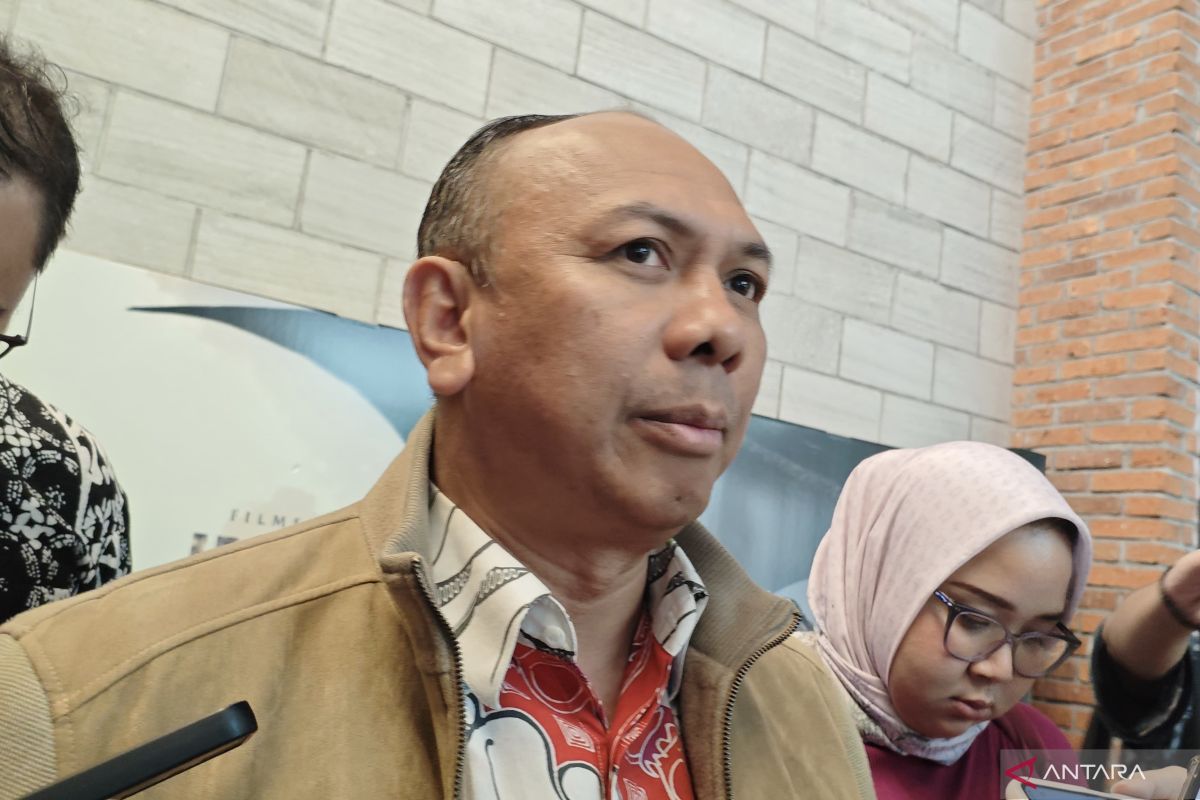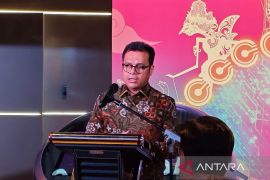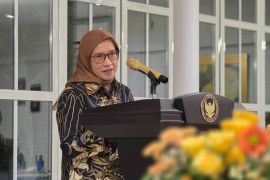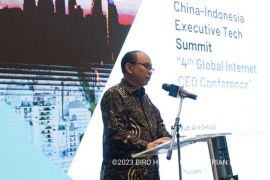The ministry’s director general of digital infrastructure, Wayan Toni Supriyanto, said that the 5G coverage in Indonesia is currently low.
“As of now, based on population coverage, 5G reaches only 8.92 percent (of Indonesians). In terms of area coverage, only 4.4 percent of residential zones are covered by 5G signals,” he told ANTARA on Friday.
“This is still significantly low compared to 4G, which has already reached 97 percent,” he added.
One concrete measure being prepared currently is the release of the spectrum in the 2.6 GHz band, which will be used to support the expansion of 5G services.
“One of the solutions is to release the 2.6 GHz frequency band,” he said.
In addition, Supriyanto informed that the ministry is working on expanding digital infrastructure to the country’s outermost and remote areas using advanced technological solutions.
These solutions include utilizing satellite services, both geostationary satellites (GSO), which orbit 35,900 kilometers above the Earth’s surface, and non-geostationary satellites (NGSO).
The ministry is also studying the application of non-terrestrial network (NTN) technology, which enables direct connectivity through satellites or airborne platforms without relying on ground infrastructure.
“As part of our infrastructure plans for rural and remote regions, we are exploring various technology-based solutions, including both GSO and NGSO satellite services. In the future, we also aim to pilot NTN, a technology currently under study,” he said.
Minister of Communication and Digital Affairs, Meutya Hafid, reiterated that accelerating digital transformation is a national priority to support economic growth.
“We are committed to accelerating equitable Internet access across Indonesia so that the benefits of the digital economy can be felt by all,” she added.
Related news: Indonesia committed to building 5G ecosystem in Asia-Pacific
Related news: Govt builds partnerships to boost 5G connectivity, innovation
Translator: Farhan, Kenzu
Editor: Primayanti
Copyright © ANTARA 2025












